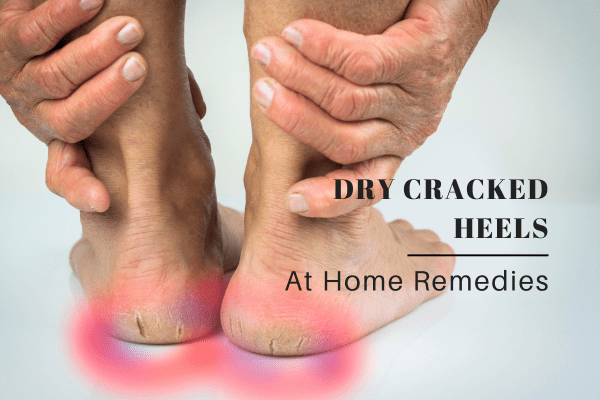
How to Heal Dry Cracked Heels
Welcome to another soothing read at Natural Skin Revival! Today, we’re stepping into the common yet often neglected problem of dry cracked heels. Whether it’s the discomfort when you slip on your sandals or the pain from deep cracks, we understand the woes that come with this condition. Let’s walk you through understanding, treating, and preventing cracked heels so you can step forward confidently and comfortably. How to Heal Dry Cracked Heels.
Symptoms:
Dry cracked heels, also known as heel fissures, aren’t just unsightly; they can be quite painful. One survey found that 20 percent of adults in the US experience cracked skin on their feet. Initially, you might notice a hardening and thickening of the skin around the rim of your heel. This can evolve into a dull ache when walking or a sharper pain if the cracks deepen. Severe cases may even bleed or become infected, particularly if left untreated.
Appearance:
The appearance of cracked heels can vary widely depending on the severity. In mild cases, the heel might just appear rough and slightly flaky. In more severe instances, visible cracks can form and skin may become red or inflamed. At its worst, the cracks can become deep fissures that are painful to bear weight on.
What Causes Cracked Heels?
Cracked heels, those pesky, painful splits in the skin around the heel, can be more than just an aesthetic issue. While we’ve touched upon the general causes earlier, it’s important to understand the deeper roots of this condition. Utilizing information from trusted sources like the Mayo Clinic, we can provide a more detailed explanation of why dry cracked heels occur and how they can affect your overall foot health.
Environmental and Lifestyle Influences One of the primary culprits behind dry cracked heels is the environment you live and move in. Dry, cold climates strip moisture from the skin, leading to dehydration of the foot’s surface. Similarly, excessively hot showers or baths can exacerbate dryness by stripping the skin of its natural oils.
Lifestyle choices also play a significant role. Walking barefoot or frequently wearing open-heeled shoes like sandals or flip-flops exposes the heels to air, which can dry out the skin and increase the risk of cracking. Furthermore, prolonged standing, particularly on hard surfaces, puts excessive pressure on the heels. This pressure can cause the skin to expand sideways, and if the skin lacks flexibility due to dryness, cracking is much more likely.
Physiological Factors Beyond external factors, physiological issues can also lead to dry cracked heels:
- Age: As we age, the skin loses elasticity and moisture, which can increase the likelihood of cracked heels.
- Skin Conditions: People with skin conditions such as atopic dermatitis (eczema), psoriasis, or thyroid disease are more prone to dry skin, which can extend to the heels.
- Obesity: Carrying extra weight can add more pressure to the feet, compounding the risk of cracks due to expanded skin.
- Hygiene and Care: Inadequate hydration, poor foot hygiene, and insufficient moisturizing can directly lead to or worsen dryness and cracking.
Nutritional Deficiencies Deficiencies in vitamins, minerals, and other nutrients can also affect skin health and contribute to dry cracked heels. Lack of vitamins like vitamin E, and omega-3 fatty acids can decrease the skin’s ability to retain moisture and remain pliable. Ensuring a balanced diet rich in essential nutrients is crucial for maintaining skin health.
Medical Conditions Certain medical conditions exacerbate the likelihood of developing cracked heels:
- Diabetes: Diabetic individuals often suffer from dry skin, particularly on the feet, due to the body’s decreased ability to retain moisture. Additionally, nerve damage in the feet can prevent the natural oil glands from functioning correctly.
- Fungal Infections: Conditions like athlete’s foot can lead to dry, cracked skin on the heels and other parts of the foot.
Addressing and Understanding Root Causes
Understanding these diverse causes helps in effectively treating and preventing dry cracked heels. It’s essential to adopt a holistic approach that considers environmental factors, lifestyle adjustments, and potentially underlying health issues. Regular moisturizing, wearing appropriate footwear, maintaining good foot hygiene, and monitoring for any signs of more serious conditions are all crucial steps.
Treating Dry Cracked Heels:
Treating cracked heels involves several steps:
- Hydration: Keeping your body well-hydrated helps maintain skin elasticity and moisture.
- Moisturizing: For skin that is cracked and bleeding, apply a wax based balm to help heal the surface and protect it from moisture loss. For dry heels, apply a heavy cream. Use your moisturizers several times a day. Look for products that are made with natural butters like shea and mango and thick rich oils such as avocado and rice bran which are effective at softening and reducing thick skin.
- Exfoliation: Removing dead skin gently using a pumice stone or foot file can help medications and moisturizers penetrate better. You can also use an exfoliating goats milk soap bar or natural body scrubs. These dual-action products will cleanse and moisturize your skin while removing the dead skin.
- Protection: Wear shoes that cushion your heels and avoid walking barefoot to minimize pressure and further damage.
Dry Cracked Heel Solutions With Natural Skin Revival
At Natural Skin Revival, we believe in harnessing the power of nature to heal and nurture the skin, especially when it comes to addressing challenging conditions like dry cracked heels. Our carefully curated selection of products is formulated to offer deep hydration, exfoliation, and healing, utilizing the best natural ingredients. Here’s how you can incorporate our products into your foot care routine to help heal and prevent cracked heels:
- Foot Scrub Goats Milk Soap Bar: Start your routine with our Foot Scrub Goats Milk Soap Bar, ideal for gently cleansing while exfoliating dry, dead skin on your heels. The natural abrasive action of this gentle soap scrub paired with the moisturizing benefits of goat’s milk ensures your feet are not only clean but also nourished and soft.
- Sugar Whipped Foot & Hand Scrub: After cleansing, apply the Sugar Whipped Foot & Hand Scrub to exfoliate and soften the skin further. This scrub is designed to buff away dead skin cells, promoting regeneration and improving the overall texture and appearance of your feet.
- Goat Milk Honey & Oatmeal Bath Soak: For a soothing foot soak, turn to our Goat Milk Honey & Oatmeal Bath Soak. The combination of goat’s milk and oatmeal relieves irritation and softens the skin, while honey acts as a natural humectant to lock in moisture. This soak provides a comforting treatment that prepares the skin for deeper healing.
- Foot Repair Lotion Stick: After soaking, dry your feet and apply our Foot Repair Lotion Stick directly to the heels. This convenient and deeply moisturizing stick helps to hydrate and seal in moisture with a protective barrier, making it perfect for targeted treatment of dry, cracked areas.
- Whipped Shea Body Butter: For an extra layer of moisture, follow up with our Whipped Shea Body Butter. Shea butter is known for its intensive moisturizing properties and its ability to improve skin elasticity. This rich butter can be massaged into the feet to deeply nourish and prevent future drying and cracking.
- Neem Cream: Known for its antifungal and antibacterial properties, our Neem Cream is excellent for healing and protecting. If your cracked heels are prone to infections or are particularly severe, regular use of this cream can provide the needed relief and acceleration in healing.
- Procure Psoriasis & Eczema Repair Balm: Specifically designed for those with psoriasis and eczema, this balm uses natural ingredients to soothe dry, inflamed, and cracked skin, promoting healing and comfort with regular use. Ideal for those with open wounds.
- ProCure Psoriasis & Eczema Relief Oil Serum: To complement our Repair Balm, the ProCure Psoriasis & Eczema Relief Oil Serum can be applied to enhance skin hydration and elasticity. This serum is particularly beneficial if your skin conditions contribute to the dryness and cracking of the heels.
Each of these products is crafted with attention to purity and effectiveness, helping to restore your skin naturally and gently. By integrating these treatments into your daily foot care routine, you can achieve and maintain soft, healthy heels free from cracks and discomfort. For more information on these and other foot care solutions, visit our product page dedicated to treating cracked and dry feet.
Product Recommendations:
Prevention:
Prevention is key to avoiding the discomfort of cracked heels:
- Stay Hydrated: Drink plenty of fluids to keep your skin hydrated from the inside out.
- Moisturize Regularly: Make it a habit to moisturize your feet after bathing or before bed.
- Wear Appropriate Footwear: Choose shoes that fit well and provide adequate heel support and cushioning.
- Use Humidifiers: Adding moisture to your indoor environment can help prevent skin from drying out.
How to Heal Dry Cracked Heels
With the right care, treating and preventing dry cracked heels can be a straightforward part of your skincare routine. At Natural Skin Revival, we’re committed to providing you with natural, effective products that nurture and restore. By understanding the causes, faithfully applying treatments, and utilizing preventative measures, you can say goodbye to painful heels and hello to smooth, supple feet ready to take on any adventure. Remember, your feet carry you through life’s journey – treat them well!
We hope this guide empowers you to take control of your foot health with confidence and ease. For more tips and tricks on natural skincare, keep exploring our blog articles at Natural Skin Revival.
Written By: Mary Ellen Wank, Wellness Advocate and Founder of LATIV, Natural Skin Revival DISCLAIMER
Recommended Articles:
The Health Benefits of Taking Better Care of Your Feet
Winter Pedicures: Do You Really Need Them
How To Get Rid of Extremely Dry Skin at Home
How to Heal Dry, Cracked Hands, Fingertips & Cuticles
References:
(1) Mayo Clinic: Take steps at home to manage dry, cracked heels
April 19, 2024 6:36 am

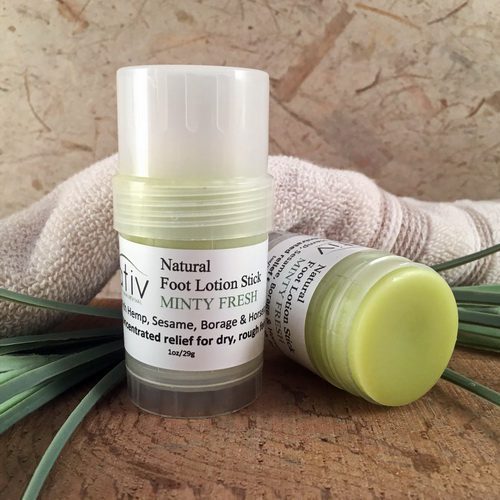
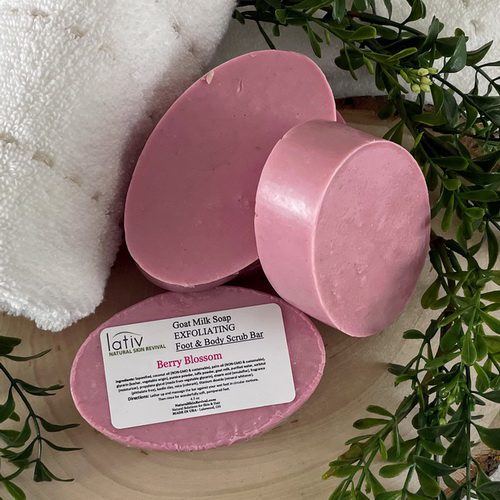
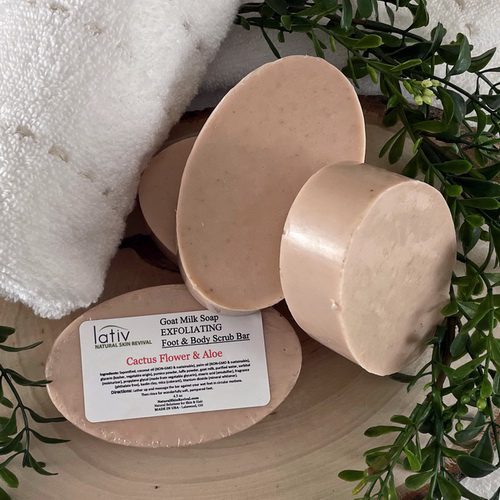
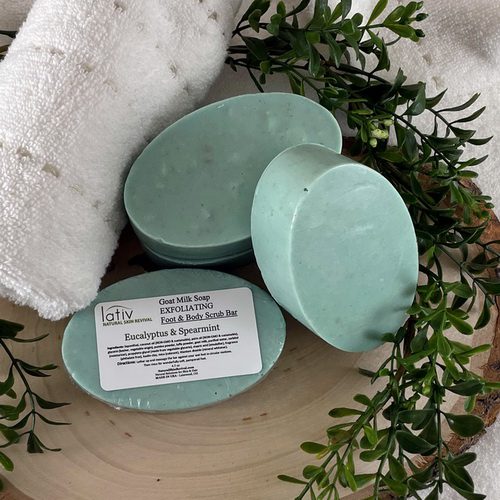
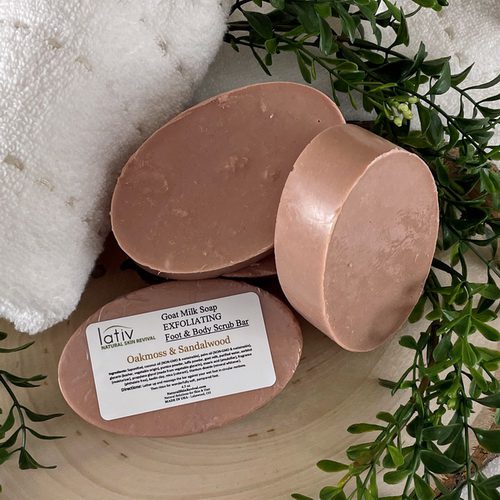
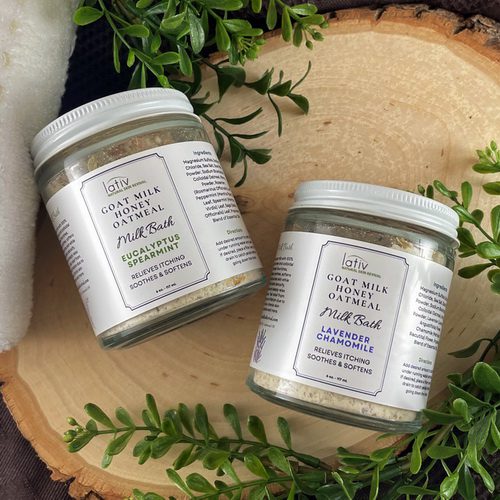
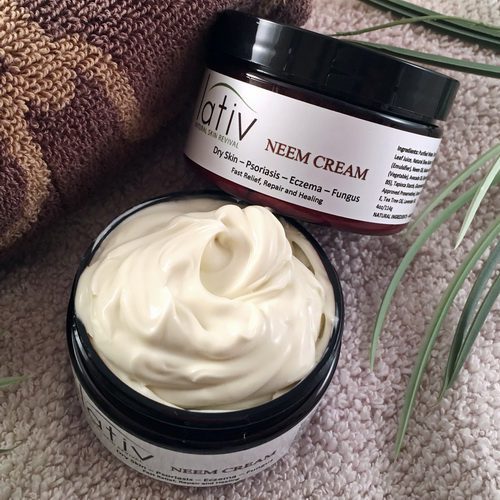
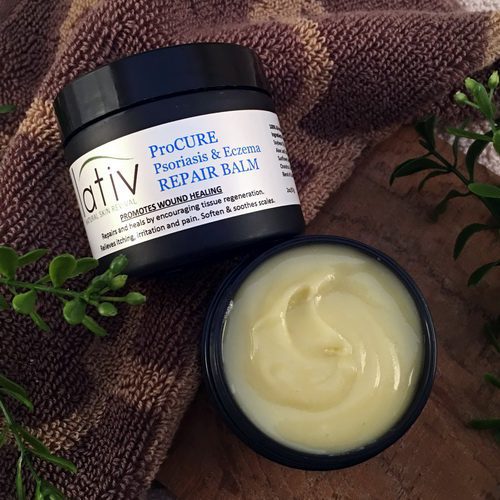
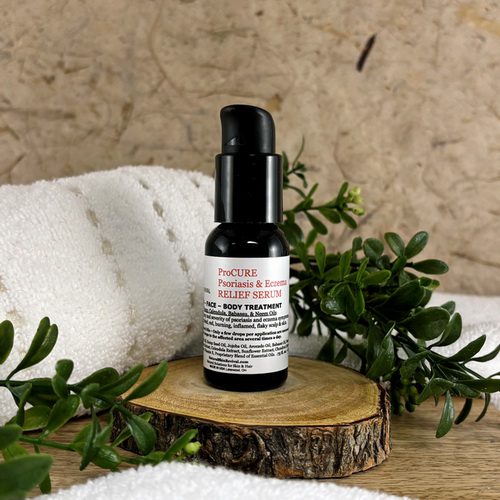
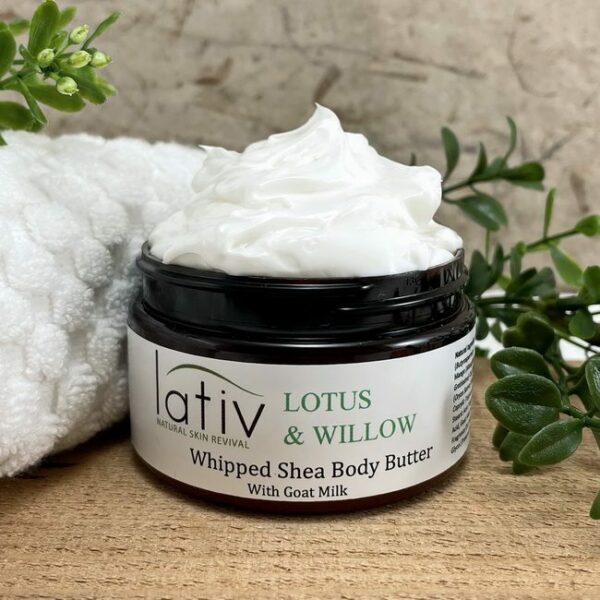
Comments are closed here.